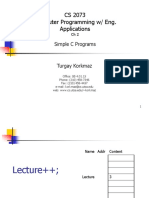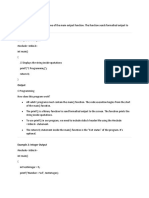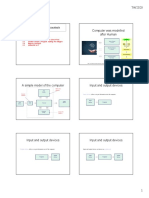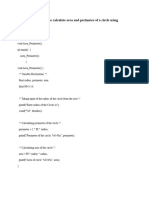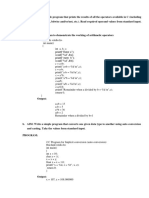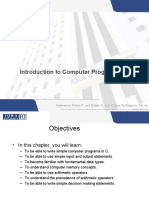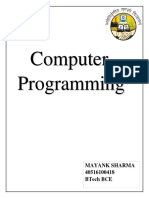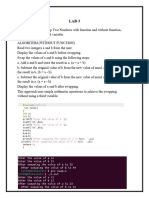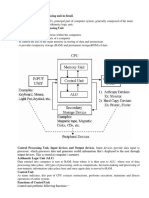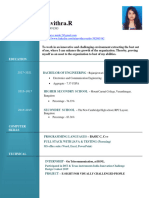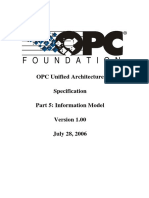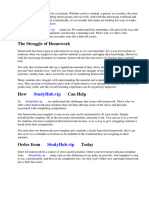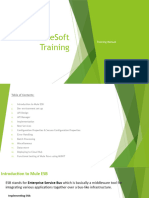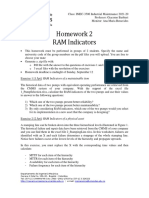0% found this document useful (0 votes)
77 views25 pagesPPS Lab Manual
Uploaded by
hitheshkumar006Copyright
© © All Rights Reserved
We take content rights seriously. If you suspect this is your content, claim it here.
Available Formats
Download as PDF, TXT or read online on Scribd
0% found this document useful (0 votes)
77 views25 pagesPPS Lab Manual
Uploaded by
hitheshkumar006Copyright
© © All Rights Reserved
We take content rights seriously. If you suspect this is your content, claim it here.
Available Formats
Download as PDF, TXT or read online on Scribd
/ 25





